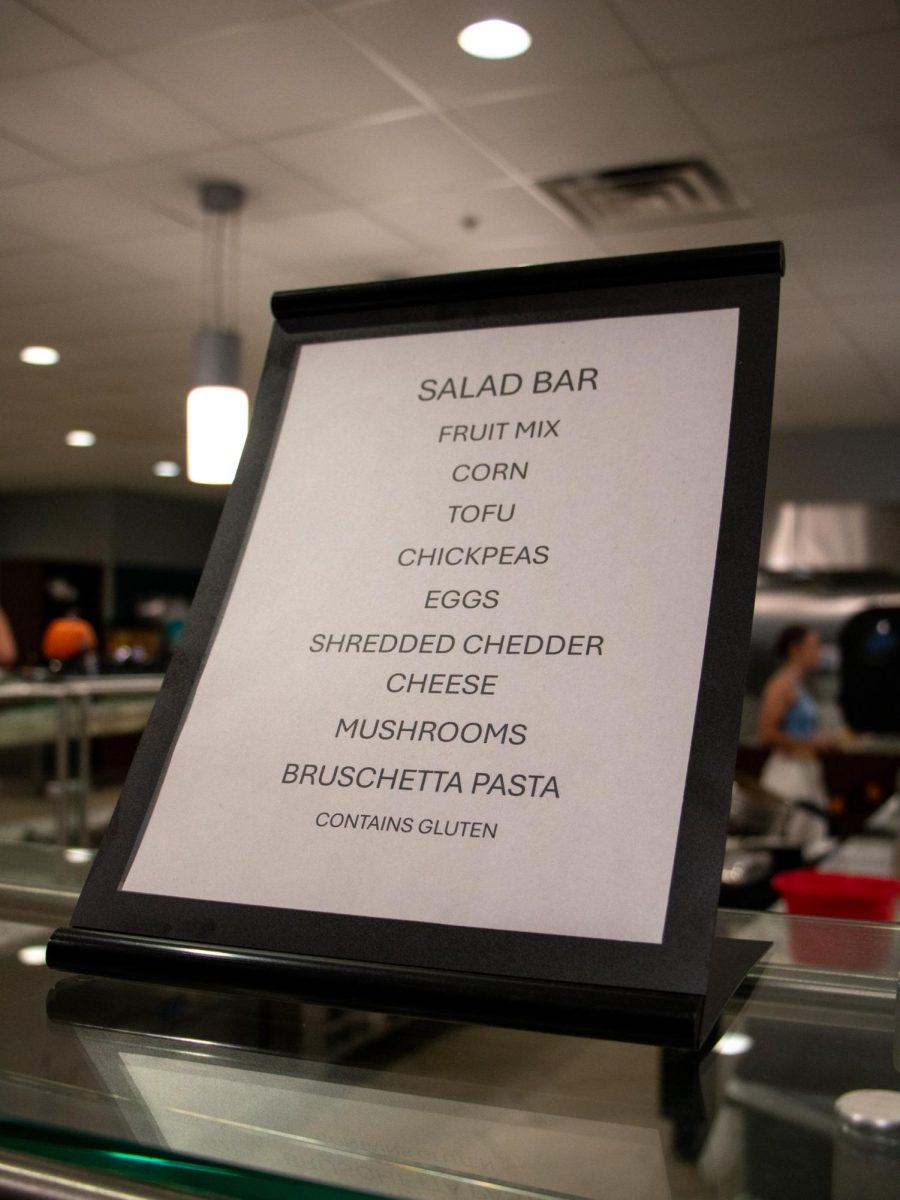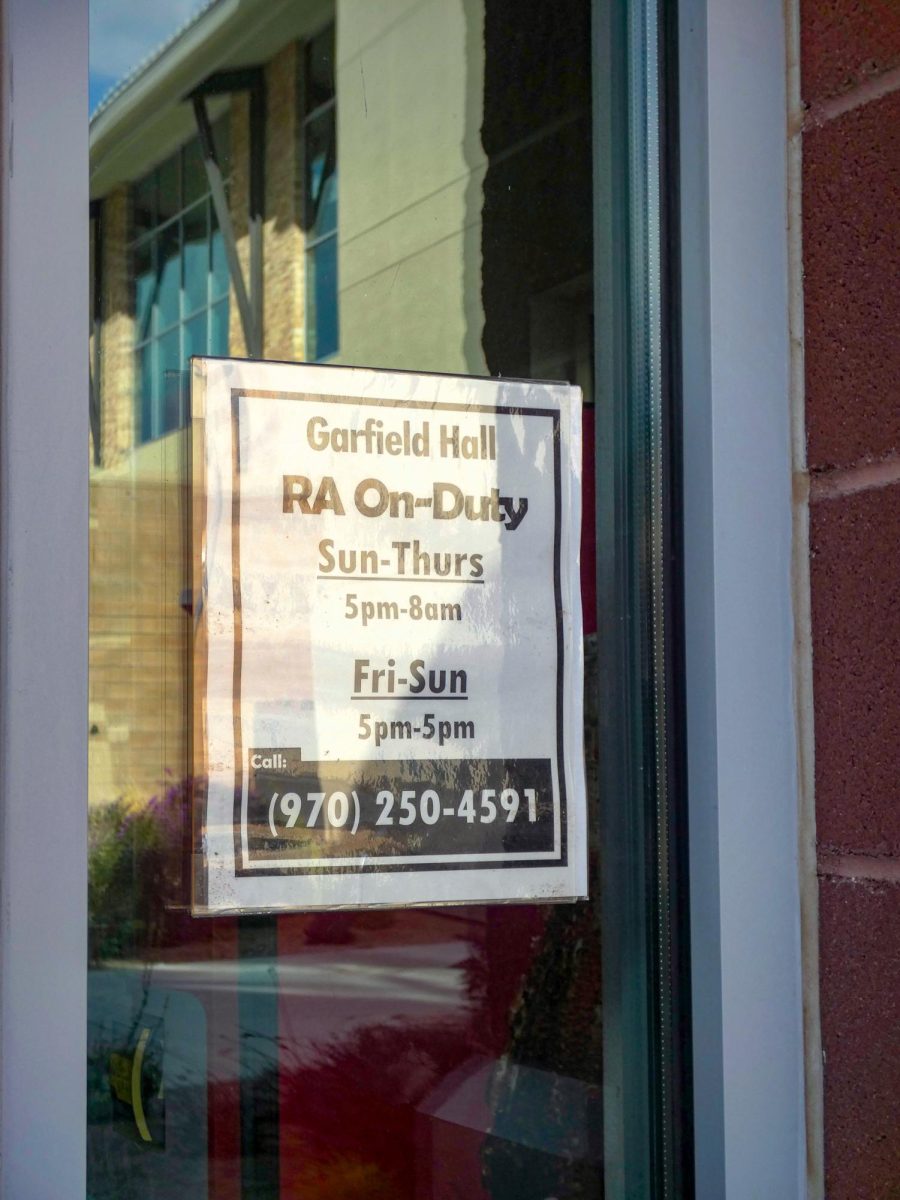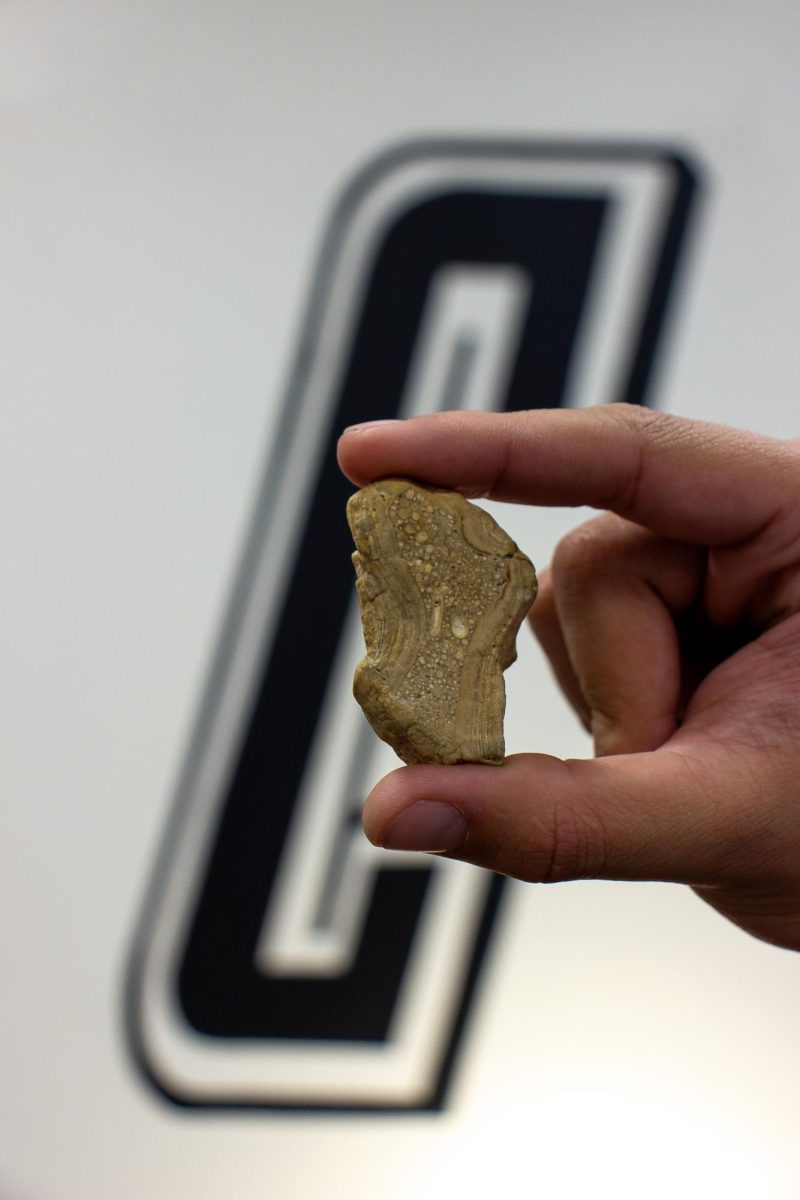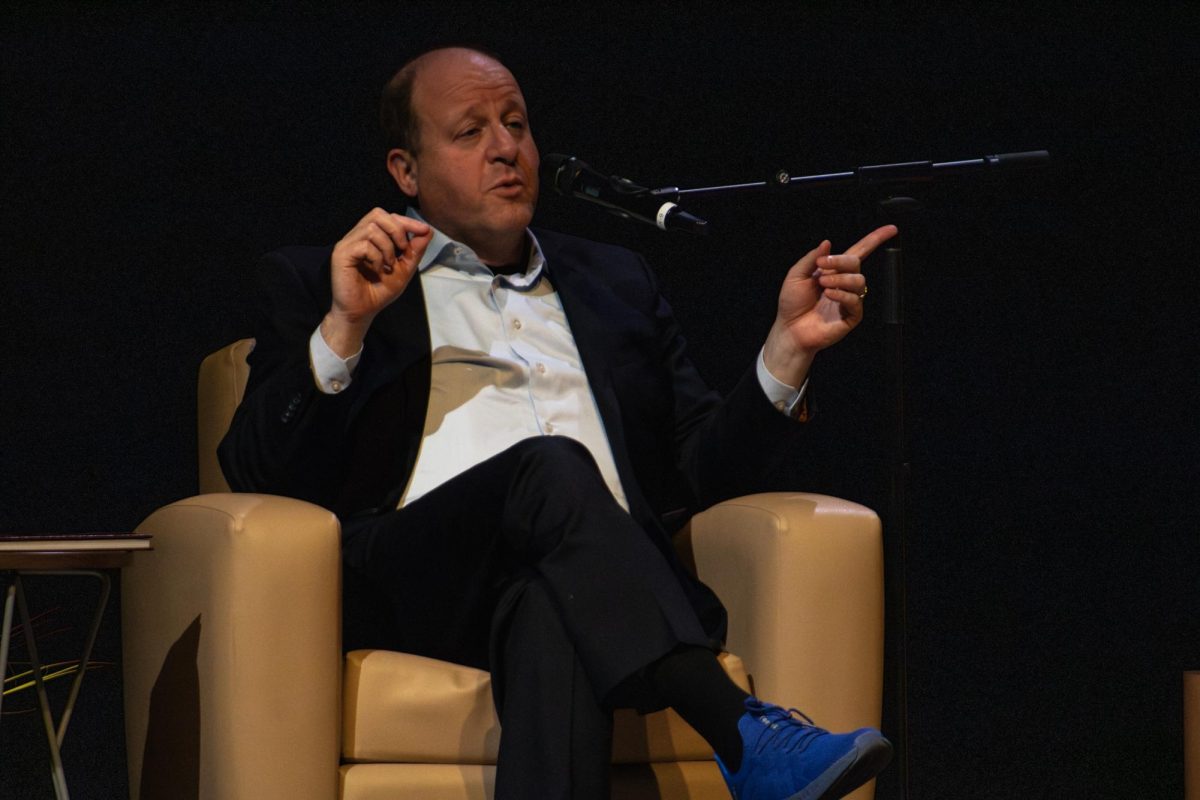Professor, later Dean, Mary Jane Rait was one of the leading voices of Mesa College, later Colorado Mesa University (CMU), back when she first started working at the school in 1925.
Rait’s career lasted at CMU from 1925-1960, and included a lengthy tenure as Vice President for the university starting in 1937. She was one of the original professors when the school first opened its doors as Mesa State College in 1925 as an extension of the university in Boulder, where she originally got her degree.
The very first Mary Rait Hall was a women’s dormitory, named after Professor Rait in 1948. She was still teaching at the school at the time, which made it unusual to name a building after her.
“[Mesa College] had a lot of trouble with housing for students,” CMU Archives Librarian Amber D’Ambrosio said. “One of the reasons that the original Mary Rait Hall was built was for housing for female students, [the school] felt generally it was safer if women had their dorm. Men often would just find accommodation somewhere else in town; either they’d be staying with someone or they’d be renting apartments somewhere in town.”
CMU was a different college entirely back in the 1940s. Houston Hall, which was also known as Old Main, was built in 1939, and at the time was the entire university. Houston held a gym, theatre, locker rooms, an orchestra room, chemistry lab, geology museum and more. Later on, before any dorms were built, the school used a downtown motel called Bel Air to house students. Dr. Horace Wubben was president at the time.
That first Mary Rait Hall would end up being torn down in 1985. Another already existing dorm building on campus was named after Professor Rait again in 1986 and stands to this day without a major renovation as the current Rait Hall. Before the renaming it was known as Juniper Hall.
The main speaker at the naming ceremony in 1986 was Don MacKendrick, who had taught at Mesa College starting in 1957. When MacKendrick was brought to the university, Wubben, who was still president, said, “if you’re half as good as Mary Rait, we’ll keep you.”
As a professor, Rait taught history classes such as Modern Europe and Economic History of England. She was extremely involved in both the university and the community, including being an advisor for the International Relations Club, having membership with various organizations such as the Colorado Educational Association, and won awards such as Colorado Teacher of the Year in 1959.
The 1960s was one of the first big periods of expansion for Mesa College’s campus. Beforehand, the entire campus consisted of a few buildings such as Houston Hall, and old army barracks from World War II to accommodate space.
During this expansion, many new buildings were erected on campus, which included three residence halls: Juniper, Aspen and Piñon. While Piñon would keep its name, Juniper was renamed Rait Hall, while Aspen was renamed Tolman Hall after prominent CMU faculty and coach Jay Tolman.
Rait Hall was eventually converted to more of an office building from 1967 until its raze in 1985 and held classrooms and offices for professors, including a cafeteria.
“It wasn’t unusual for cafeterias to be present in every dorm building on college campuses [back then],” D’Ambrosio said. “It’s actually only fairly recently that we’ve kind of moved to a more centralized location model where we have the University Center where most of the food is.”
During Professor Rait’s tenure, Mesa College went from an enrollment of just 200 students in 1931 to over 1,300 in 1965 and over 4,500 near the turn of the century. Professor Rait remains one of the most prestigious historical figures of CMU and helped turn the university into what it is today.









